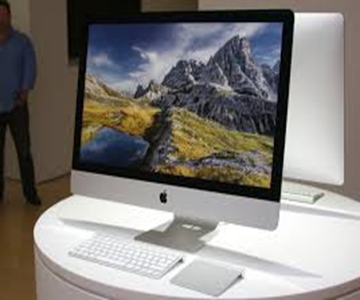How does fingerprint biometrics work
The main technologies used to capture the fingerprint image with sufficient detail are optical, silicon, and ultrasound. There are two main algorithm families to recognize fingerprints:
Minutia matching compares specific details within the fingerprint ridges. At registration (also called enrollment), the minutia points are located, together with their relative positions to each other and their directions. At the matching stage, the fingerprint image is processed to extract its minutia points, which are then compared with the registered template.
Pattern matching compares the overall characteristics of the fingerprints, not only individual points. Fingerprint characteristics can include sub-areas of certain interest including ridge thickness, curvature, or density. During enrollment, small sections of the fingerprint and their relative distances are extracted from the fingerprint. Areas of interest are the area around a minutia point, areas with low curvature radius, and areas with unusual combinations of ridges.
Issues with fingerprint systems
The tip of the finger is a small area from which to take measurements, and ridge patterns can be affected by cuts, dirt, or even wear and tear. Acquiring high-quality images of distinctive fingerprint ridges and minutiae is complicated task. People with no or few minutia points (surgeons as they often wash their hands with strong detergents, builders, people with special skin conditions) cannot enroll or use the system. The number of minutia points can be a limiting factor for security of the algorithm. Results can also be confused by false minutia points (areas of obfuscation that appear due to low-quality enrollment, imaging, or fingerprint ridge detail). Note: There is some controversy over the uniqueness of fingerprints. The quality of partial prints is however the limiting factor. As the number of defining points of the fingerprint become smaller, the degree of certainty of identity declines. There have been a few well-documented cases of people being wrongly accused on the basis of partial fingerprints.
Benefits of fingerprint biometric systems
Easy to use
Cheap
Small size
Low power
Non-intrusive
Large database already available
Biometrics Fingerprint Installation



